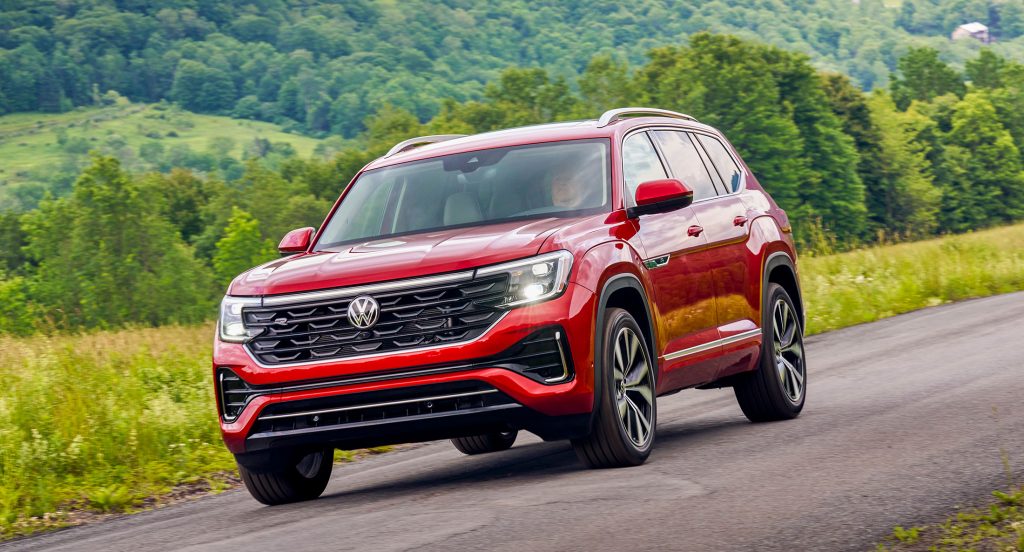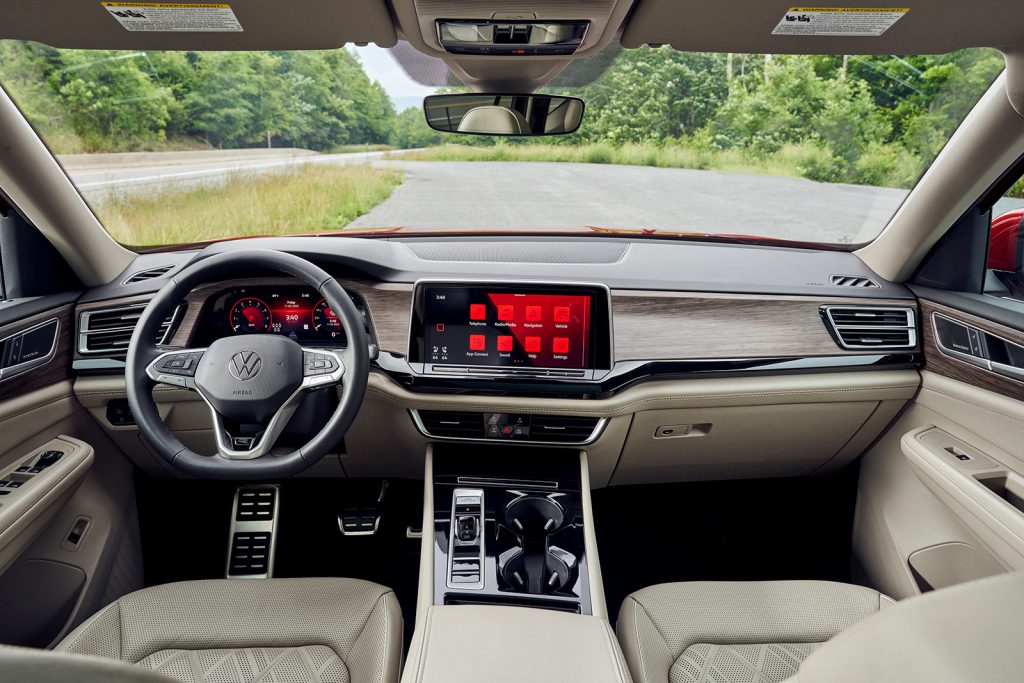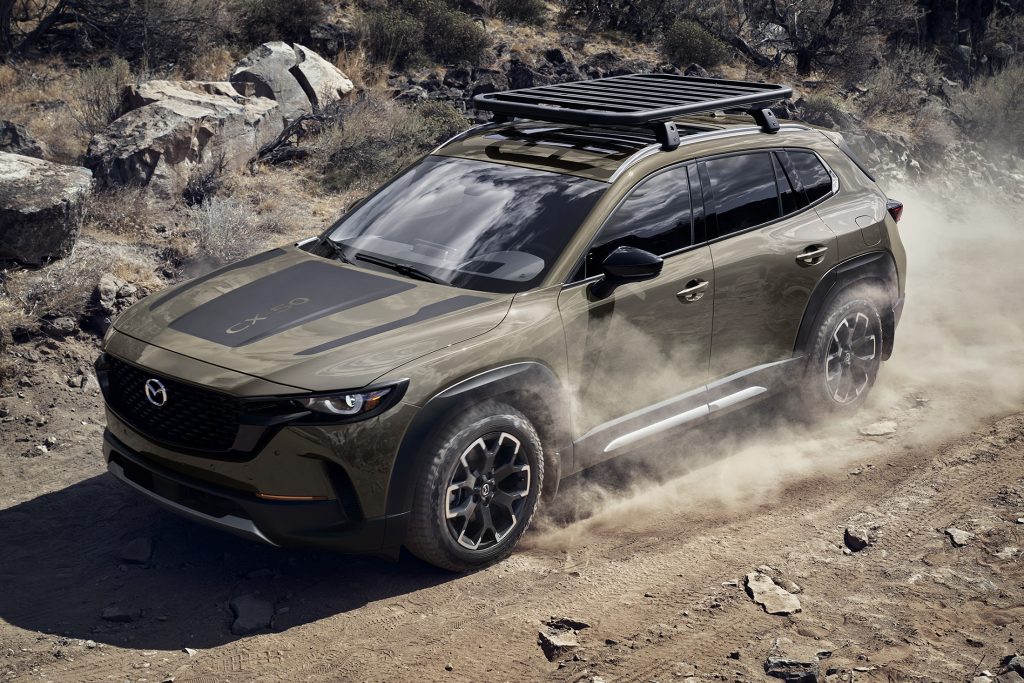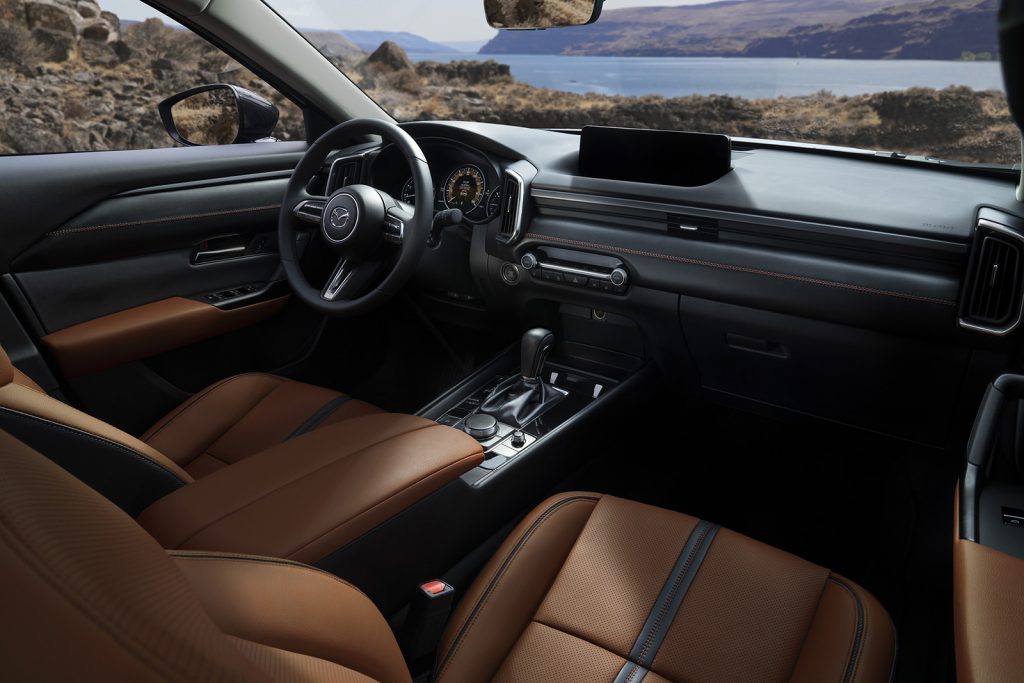Cargazing
By Derek Price
While Americans are still pulling the shiny cellophane wrapper off 2024, car companies are already looking ahead to what’s next.
In Ford’s case, that means unveiling a new iteration of the timeless Mustang, and fortunately not another battery-powered one this time.
Called the Mustang GTD, Ford claims it can take on the best European sports cars with an obscenely high price tag to match, costing around $300,000. Production is expected to start late this year or early 2025.
At that price — roughly 10 times as much as a base EcoBoost Mustang — it had better beat European supercars on their home turf.
That’s exactly what Ford plans to do, targeting a sub-7-minute time around the legendary Nurburgring racetrack where the world’s most prestigious cars have been wrung out for decades.
How will it do that?
The GTD starts with something very familiar in Mustang history: raw horsepower.
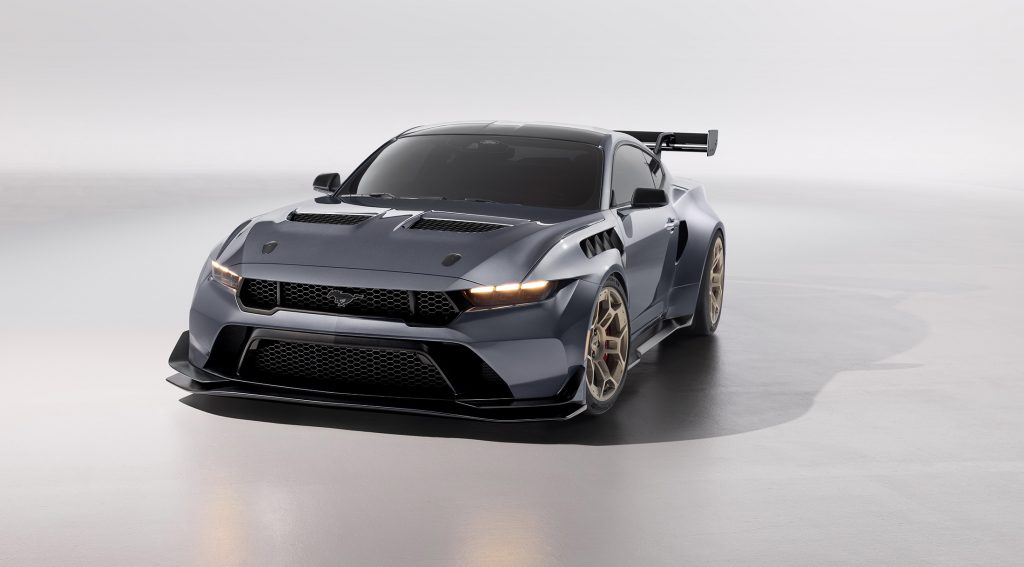
Ford has announced the Mustang GTD, priced around $300,000, will be available late this year or early 2025. This street-legal care car is designed to take on Europe’s best sports cars.
Engineers are still tuning and refining a special 5.2-liter supercharged V8 to create the most powerful street-legal Mustang ever. They’re targeting 800 horsepower with a screaming redline of 7,500 RPM, although exact power figures aren’t released yet for this 2025-model-year supercar.
To break the 7-minute mark on the Nurburgring, the GTD needs a couple of things the Mustang isn’t historically known for: light weight and aerodynamic trickery.
On the first front, Ford already has plenty of experience from its racing division in how to shave pounds off for the track. Substantial use of carbon fiber in the body, cabin, driveshaft and other locations not only help to make it dramatically lighter than a standard Mustang but also give the GTD 50/50 weight distribution between the front and rear axles.
On the second front — aerodynamic trickery — Ford is doing things on the GTD that are banned in many forms of racing. It uses active systems and sensors to change the angle of the rear wing and open or close flaps under the front of the car to shape the air as needed. That helps to reduce drag for faster straightaways and add downforce for faster cornering, ultimately quickening its time around the ‘Ring.
At least part of its $300,000 price will be paying for all the testing Ford is doing with aerodynamic simulations on supercomputers and real-world tests at tracks such as Road Atlanta and Spa in Belgium.
Why go to all this trouble for a car that will never have mass-market appeal?
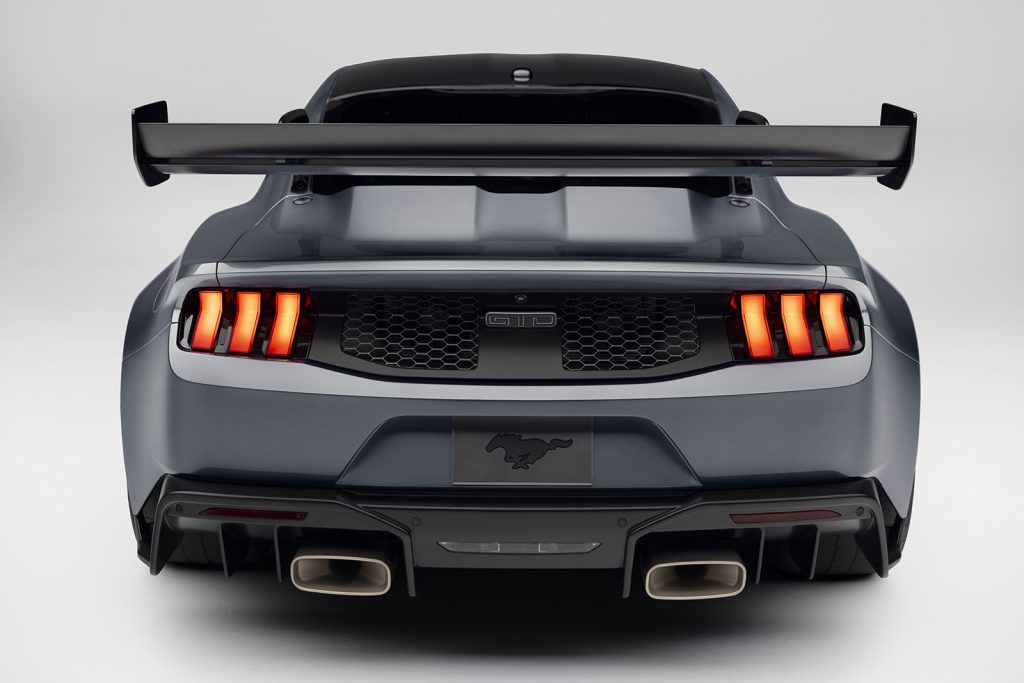
A hydraulic system can change the angle of the giant rear wing on the Mustang GTD, helping it go faster in straight lines and create more downforce in corners.
Part of it is bragging rights, of course, along with the warm marketing glow that can come from producing a seductive halo car like this.
Very few people can afford an 800-horsepower, street-legal race car made of carbon fiber, but it will help sell more attainable Mustangs at Ford dealers all across the American heartland.
Ford boss Jim Farley also sees its boundary-pushing creation as a model for how he wants the company to operate all the time.
“Mustang GTD represents the very best of Ford Motor Company and what our team needs to do every day,” Farley said. “This is what happens when we take what we’re good at and push the boundaries to see where the bubble stops.”
Apparently, that bubble stops somewhere in Europe, where the long Ford vs. Ferrari rivalry that has been chronicled in books and movies continues brewing in the present day.
At A Glance
Expected price: Approximately $300,000
Engine: 5.2-liter supercharged V8 (targeting 800 hp)
Transmission: Eight-speed dual-clutch
Oiling system: Dry sump
Front suspension: Multimatic ASV dampers with unequal-length control arms
Rear suspension: Multilink, push-rod style setup with inboard-mounted ASV dampers and coil springs
Brakes: Brembo brake calipers with carbon-ceramic rotors
PREDICTED RATINGS
Style: 7
Performance: 10
Price: 2
Handling: 10
Ride: 2
Comfort: 3
Quality: 7
Overall: 8
Why buy it?
It’s a modern-day twist on the Ford vs. Ferrari storyline. Ford is creating the GTD to take on the best European sports cars on their own turf.

